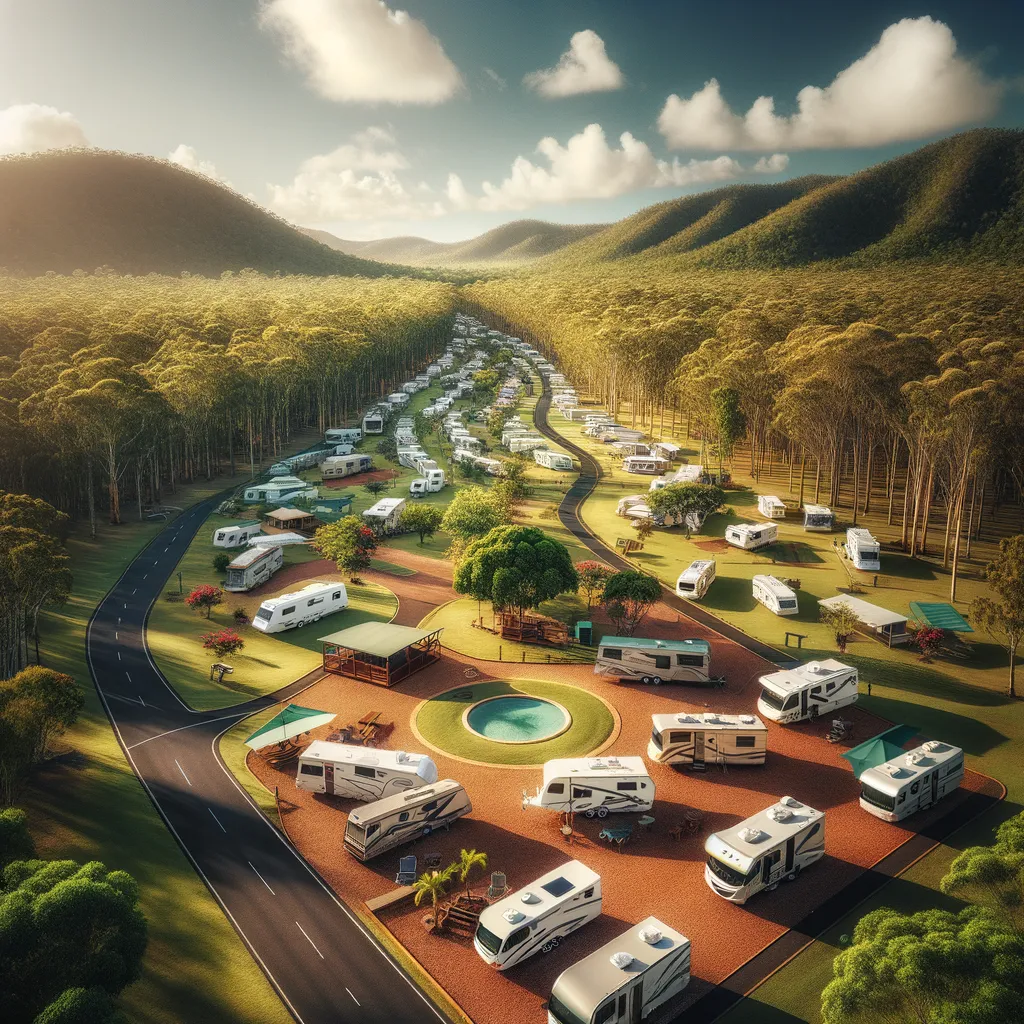**Title:** Staying Healthy While Traveling in Remote Areas
**Meta Description:** Learn how to stay healthy on your remote travels. Our guide covers everything from pre-trip planning to on-the-go tips for keeping yourself safe and healthy in the wilderness.
Welcome to our comprehensive guide on staying healthy while traveling in remote areas! When adventure calls, and the great Outdoors beckons, it’s important to prioritize your health and safety. Embarking on a journey into nature’s heart can be rejuvenating and exciting, yet it comes with its own set of challenges, especially in terms of maintaining good health. Whether you’re an experienced camper, a lover of remote hiking trails, or a novice eager to explore the wild, this guide is your go-to resource for preparing and enjoying your trip without compromising on health.
Why is it vital to focus on health and safety when traveling to remote locations? The answer is simple. Remote areas often lack immediate access to medical facilities or resources, making it crucial to prevent health issues and be prepared for any possible emergencies. From ensuring you’re vaccinated to knowing how to purify water, every bit of preparation helps in creating a safe and enjoyable experience.
To start, let’s dive into the essential preparations before you set off on your adventure. Pre-trip planning is the cornerstone of a healthy travel experience. This involves researching your destination, understanding the risks, and packing appropriately. A good resource to Find camping spots and gather information is imperative to planning your trip. Don’t forget to inform someone about your travel plans and estimated return, just in case.
Pre-Trip Health Checks and Vaccinations: Depending on your destination, certain vaccinations may be necessary. Visiting your doctor or a travel clinic before your trip can give you insight into what precautions you should take. Discussing your travel plans with a healthcare provider also helps in managing ongoing health conditions while away.
Packing Smart: Your packing list should include a first aid kit tailored to the destination and activities planned. Consider including items such as water purification tablets, insect repellent, sunscreen, medications for general ailments like diarrhea or headaches, and any prescription medicines with enough supply for the trip plus some extra in case of delays.
Understanding and Respecting Nature: Knowing the area’s wildlife, climate, and geography is vital. Awareness about potential hazards, such as toxic plants or dangerous wildlife, can prevent accidents and health issues. Weather can change rapidly in remote areas, so being prepared for all conditions is crucial.
Water Safety: One of the biggest health risks in remote areas comes from water sources. Drinking contaminated water can lead to serious health issues like gastrointestinal infections. Always purify natural water sources before consuming, using methods like boiling, chemical tablets, or a portable water purifier.
Staying healthy while traveling in remote areas necessitates a blend of preparation, awareness, and respect for nature. By following the essential steps outlined above, adventurers can ensure they not only enjoy the beauty and solitude of the great outdoors but do so in a way that prioritizes their health and safety. Stay tuned as we explore more in-depth practices and tips for keeping safe and healthy during your remote travels.
This introduction sets the stage for a journey into the heart of staying healthy and safe while exploring the untamed wilderness. With the right preparations and a mindful approach, adventurers can embrace the beauty of remote areas while ensuring their wellbeing remains a top priority.

**Title: 5 Essential Tips for Parents: Staying Healthy While Traveling in Remote Areas**
**Meta Description:** Parents, ensure your family’s health and safety during remote travels with our guide. Learn about pre-trip preparations, water safety, and more for a worry-free adventure.
Navigating the uncharted beauty of remote areas with family in tow is an exhilarating experience. However, the thrill of adventure comes with the responsibility of ensuring everyone’s health and safety. As parents, it’s imperative to plan meticulously and be prepared for the unique challenges presented by the wilderness. This detailed guide offers essential tips tailored specifically for parents planning to explore off-the-beaten-path destinations with their children.
1. Comprehensive Pre-Trip Health Checks: Make health assessments a part of your pre-trip agenda. It’s particularly important for children, who might be more susceptible to environmental changes. Secure appointments with your healthcare provider to discuss vaccinations tailored to your destination’s profile. This is also an opportune time to address any special medical needs your children may have and ensure that their medical records are updated and accessible during your journey.
2. Educating the Family on Local Flora and Fauna: While the allure of discovering new wildlife is undeniable, understanding and respecting local ecosystems is key to preventing unnecessary risks. Before setting out, invest time in educating your family about the wildlife you may encounter, as well as any plants to avoid. Information sessions can be as simple as a family meeting going over photos or watching documentaries related to your destination’s natural inhabitants.
3. Tailored First Aid Kits: A well-stocked first aid kit is indispensable when traveling to remote areas. For families, the kit should include pediatric doses of common medications, including antihistamines, pain relievers, and medications for stomach upset. Don’t forget to pack rehydration salts, which can be crucial for treating dehydration, a common risk for children. Adjust your kit to accommodate any specific health conditions your family members have.
4. Water Safety Practices: Ensuring the safety of your drinking water cannot be overstated. Explain to your children the importance of never drinking untreated water. Demonstrate safe water purification techniques, such as boiling or using chemical tablets, and consider providing older children with their own personal water filters as an educational and safety tool.
5. Involving Children in Trip Planning: One of the best ways to prepare your children and instill a sense of responsibility is to involve them in the trip planning process. This includes discussing potential hazards and how to avoid them, learning about the weather, and understanding the physical demands of your activities. Let them help pack the essentials, choosing their own snacks, and picking out gear. This involvement not only educates them on the importance of preparation but also makes the adventure more exciting and personal.
Traveling to remote areas with your family can be one of the most rewarding experiences, offering unparalleled opportunities for bonding and discovery. By taking the time to ensure that you and your children are prepared for the challenges of the wilderness, you can create a safe and memorable journey. Remember, the key to a successful adventure lies in careful preparation, from health checks and vaccinations to educating your family on local environmental hazards. With these measures in place, you’re all set to embark on an incredible journey into the wild, equipped with the knowledge and tools to stay healthy and safe.
Traveling in remote areas teaches invaluable lessons in self-reliance, adaptability, and respect for nature, offering families a unique way to connect with each other and the environment. It’s these adventures that often leave the most lasting memories, so taking the extra steps to ensure health and safety can make all the difference in your experience.
Disclaimer
The articles available via our website provide general information only and we strongly urge readers to exercise caution and conduct their own thorough research and fact-checking. The information presented should not be taken as absolute truth, and, to the maximum extent permitted by law, we will not be held liable for any inaccuracies or errors in the content. It is essential for individuals to independently verify and validate the information before making any decisions or taking any actions based on the articles.




